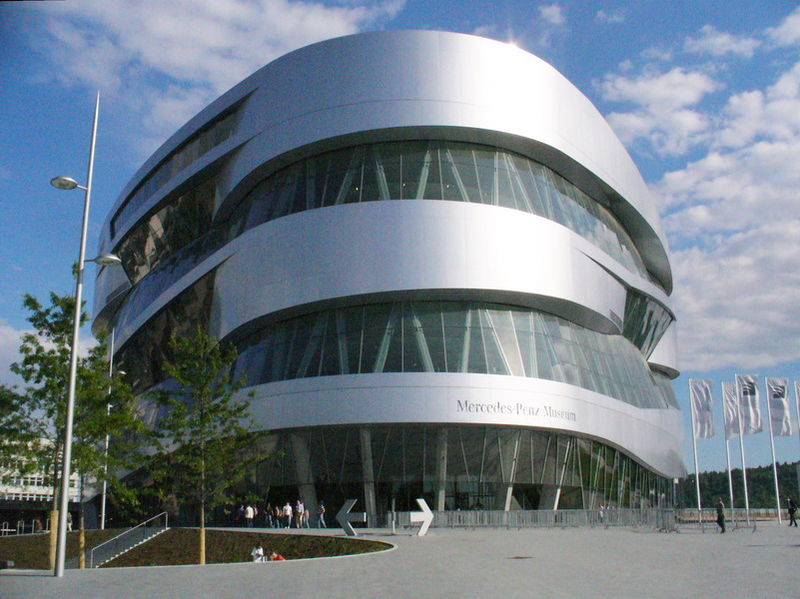
If you think of Stuttgart, most likely it’s been with regard to cars (it is, after all, famously the home of Daimler Benz and Porsche), but truth to tell, this southwest city in Germany’s Swabia region, 2½ hours from Munich by road and rail, might also surprise you with its extremely liveable environs – gentle hills, green spaces, even vineyards, as well as pretty neat cultural and very respectable historical offerings. And (hic) beer – did I mention beer?
The essential Stuttgart ramble starts downtown in the Schlossplatz, a huge square space completed in 1807, today affording expansive views of buildings both traditional and modern, as well as distant hills both forested and clad with vineyards. In fine weather especially, this plaza turns into quite the hive of activity (seems likes a goodly chunk of the city’s 600,000 residents pass through here on nice days, or is it just my imagination?
Just alongside is is the smaller but elegant and historic Schillerplatz (top), named of course in honour of the great Romantic poet and philosopher Friedrich Schiller, and with a quirky history behind it, being a horse-breeding area (hence the horse on the city’s coat of arms, and Porsche’s logo).
Many of the city’s other top sights are also close by, such as the Markthalle, an Art Nouveau building completed in 1914 which even today functions as a high-quality food market that provides good opportunities to rub shoulders with the locals as well as check out some local delicacies. For other kinds of shopping, check out the main drag Königstrasse, where thousands of shop windows line Germany’s longest pedestrian street (if you’re a real shopaholic and bargain-hound, head to the Hauptbahnhof and hop on a train for the 40-minute ride to Metzingen, where Outletcity is chock full of some of Europe’s top brands at cut-rate prices).

Stuttgart is a cultural force to be reckoned with, as well, and one of the mightiest institutions hereabouts is the imposing Kunstmuseum, a modern glass cube housing mostly 20th- and 21st-century work (not to mention a restaurant where you can refuel in an exceedingly high-quality fashion whilst partaking of exceedingly appealing views out over the city). The other top museum in town is of course the nine-storey Mercedes-Benz Museum (above), inaugurated en 2006.
Speaking of restaurants, Stuttgarters do like their eating, and actually, believe it or not, the more typical local dishes actually involve pasta. Yes, indeed, that would be Maultasche, a kind of ravioli, and spätzle, which is not unique to Swabia but is a local favourite. Some top dining choices in the in the historic Bohnenviertel district include Der Zauberlehrling, a small, charming spot with creative cuisine and the international bistro Brenner. For something really fancy, check out Sebastian Prüssmann’s Michelin-starred, locally-inflected French cuisine at the Althoff Hotel am Schlossgarten. Or go in the other direction, very informal indeed with some fine burgers at Udo Snack.
Swabia and the state of Baden-Würtemburg are also a lovely and historic region to explore, if you have time. One particularly near-in spot (just 14 kilometres/9 miles southeast) that’s particularly worthwhile is Esslingen am Neckar, a small city with a lovely medieval old quarter.
Finally, a top time of year to get to Stuttgart is of course during its own version of Oktoberfest, called the Cansttater Volksfest (aka the Wasen), for three weeks in late September and the first half of October. There’s also a lovely Weihnachtsmarkt (Christmas Market) held from November 26 to December 23. But rest assured, this town will rev your engines any time of year.
More information: Stuttgart-Tourist.de
Best Iberia fares from the USA, from Spain.
image | Julian Herzog, Enslin

